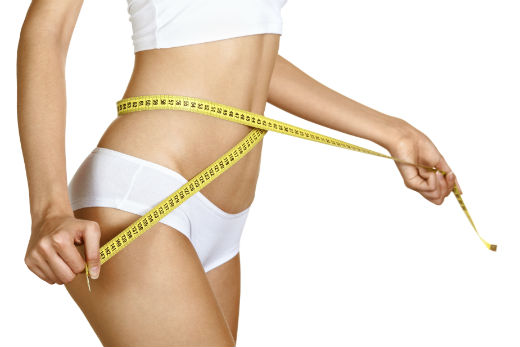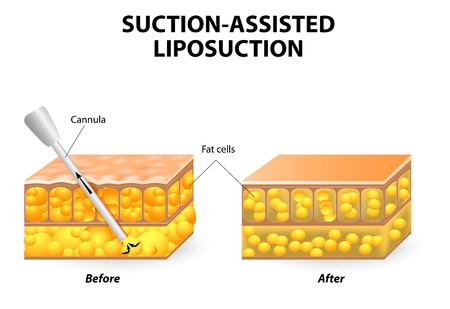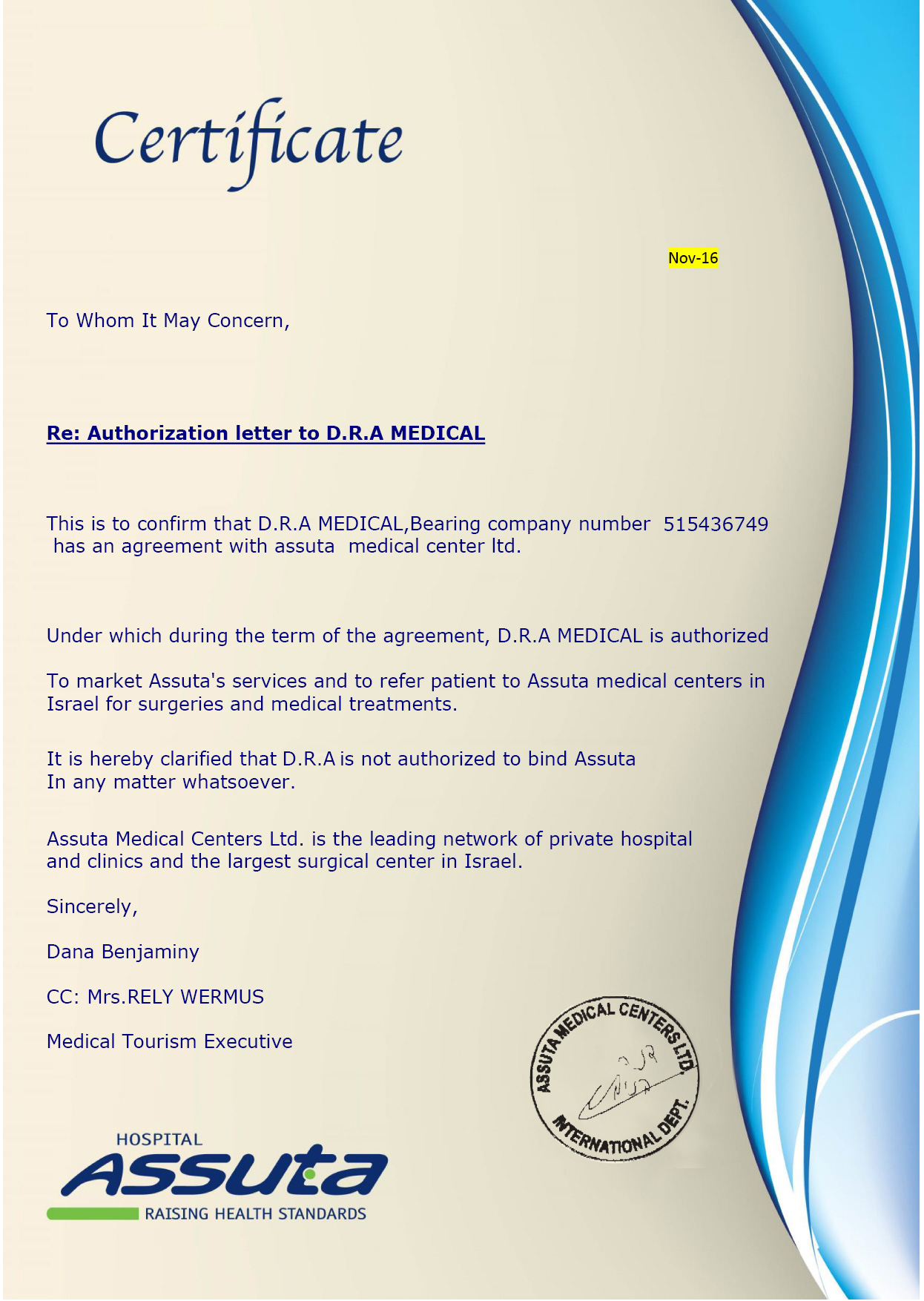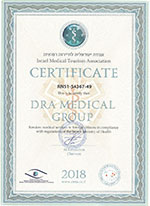Liposuction (Lipoplasty)
 D.R.A Medical
Tel Aviv, Israel
+972-77-4450480
contact(at)dramedical.com
D.R.A Medical
D.R.A Medical
Tel Aviv, Israel
+972-77-4450480
contact(at)dramedical.com
D.R.A Medical

liposuction specializes in removing stubborn fat located throughout the body in regions such as the neck, breasts, stomach, love handles, back, or thighs. So, if you are close to reaching your ideal weight, yet have excess fat in any of those regions or other regions, you may want to pursue liposuction. At the same time, liposuction aids especially in altering areas of your body that may be out of proportion with the rest of your body. It is important to add that liposuction works most effectively on fat that has remained only after regular dieting and exercise. Therefore, it is not a reliable treatment for obesity.
Performed as an outpatient or inpatient surgery depending on your condition, intravenous sedation may be used along with local, regional, or general anesthesia. Thus, your doctor may ask you to adjust your medications or stop smoking well in advance of your procedure. Surgeons employ a variety of techniques for liposuction based on the specific needs of each individual. However, your doctor will describe his or her technique of choice to you ahead of time. Although, at times it is necessary for the doctor the change his or her approach during the procedure. Generally, the surgeon makes small, discreet incisions and then fills the incision with a sterile liquid solution to moderate bleeding and infection. Next, a thin hollow tube is inserted into the incision to loosen and ultimately dislodge excess fat via a vacuum or syringe attached to the opposite end of the tube. Other liposuction methods use ultrasonic energy to loosen fat prior to suction while other methods do not require incisions at all and actually melt fat without removing it.
Related Links









